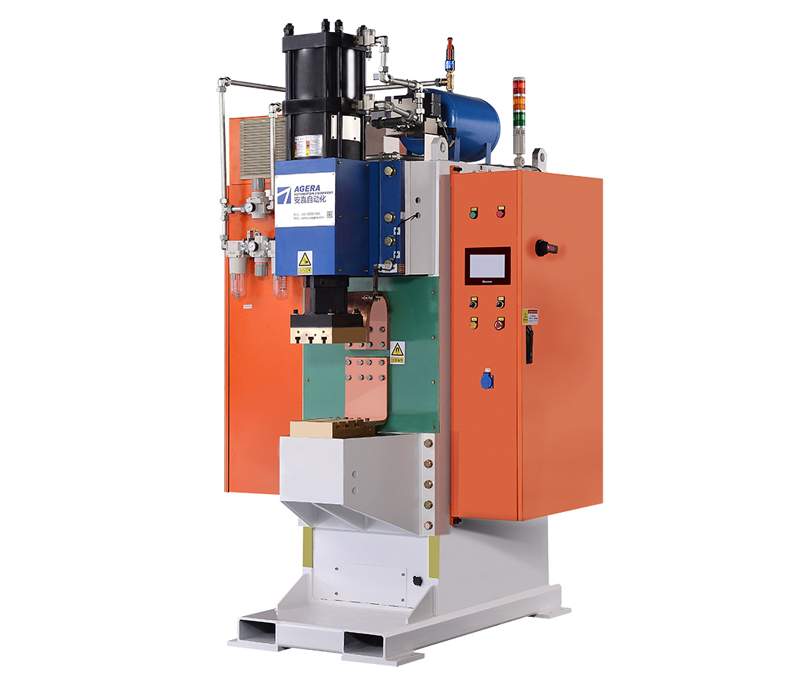Energy storage welding machines play a crucial role in various industries, providing efficient and reliable welding solutions for a wide range of applications. These machines utilize advanced technologies and innovative features to deliver precise and high-quality welds. This article provides a comprehensive introduction to energy storage welding machines, highlighting their basic features, capabilities, and applications.
- Overview: Energy storage welding machines, also known as capacitor discharge welding machines, are designed to store electrical energy and release it rapidly for welding purposes. They operate on the principle of discharging a high amount of stored energy through the welding electrodes, creating intense heat at the weld point. This instantaneous energy release enables quick and efficient fusion of the workpiece materials.
- Basic Components: Energy storage welding machines consist of several key components:
- Power Supply: The power supply unit converts the incoming electrical energy into a form suitable for storage in the energy storage system.
- Energy Storage System: This system typically comprises capacitors or batteries that store electrical energy and provide the necessary power for welding.
- Control Unit: The control unit manages the energy release and timing during the welding process, ensuring precise and consistent welds.
- Welding Electrodes: The electrodes deliver the electrical current to the workpieces, generating the required heat for fusion.
- Welding Head: The welding head holds and positions the workpieces, ensuring proper alignment and contact between the electrodes and the workpiece surfaces.
- Key Features and Capabilities: Energy storage welding machines offer several important features and capabilities:
- Rapid Energy Release: These machines can discharge stored energy in a fraction of a second, enabling fast welding cycles and high productivity.
- Precise Control: The control unit allows for precise adjustment of welding parameters, such as energy release, welding time, and electrode pressure, ensuring consistent weld quality.
- Versatility: Energy storage welding machines can be used for a wide range of materials, including metals, alloys, and dissimilar metal combinations.
- Minimal Heat Affected Zone (HAZ): The rapid energy release minimizes the heat transfer to the surrounding area, resulting in a small HAZ and reduced distortion in the workpiece.
- Welding of Delicate Materials: Energy storage welding machines are suitable for welding delicate or heat-sensitive materials, as the short welding time minimizes the risk of material damage.
- Portability: Some energy storage welding machines are designed to be compact and portable, allowing for flexibility in on-site or remote welding applications.
- Applications: Energy storage welding machines find applications in various industries, including:
- Automotive: They are used for welding car body components, exhaust systems, fuel tanks, and battery connections.
- Electronics: These machines are employed in the assembly of electronic components, such as circuit boards and connectors.
- Aerospace: Energy storage welding machines are utilized in aircraft manufacturing for welding fuel lines, hydraulic components, and electrical connections.
- Medical Devices: They play a role in the fabrication of medical instruments, implants, and surgical equipment.
- General Manufacturing: These machines are suitable for a wide range of general welding applications, such as sheet metal fabrication, wire joining, and assembly work.
Energy storage welding machines offer advanced capabilities and versatility, making them indispensable tools in various industries. Their ability to deliver rapid and precise welds, along with their suitability for a wide range of materials, makes them an ideal choice for many welding applications. Understanding the basic features and applications of energy storage welding machines enables industries to harness their potential and achieve efficient and high-quality welds in their manufacturing processes.
Post time: Jun-13-2023



